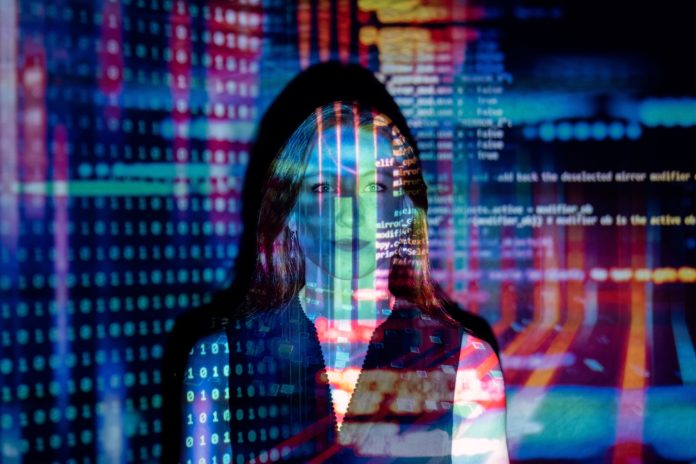In 2020, the world experienced an unprecedented public health crisis – the coronavirus pandemic. This has impacted all sectors of society and forced enterprises, small businesses, governments and private institutions to pivot, in some cases extensively, to accelerate digital transformations and rethink the way innovation is achieved.
Keysight executives comment on the shape-shifting business operations and technology trends that are unfolding through the lens of the pandemic, the effects of which will continue to have lasting effects on organizations and society. These include predictions on remote working, the importance of STEM and CSR in the future, and how software will address the new hybrid workforce.
The growing acceptance of working remotely
The distributed and remote workforce has gained new respect and acceptance, especially for technology innovation, leading to a mix of remote and on-site work environments, which have become, and will remain, the norm even as the pandemic eases.
Collaboration technologies and practices have and will continue to take on new significance. Technology businesses will escalate the formation and organization of mission-critical innovation teams that will be managed remotely.
Meanwhile, Engineers, and other innovators, will need to return to on-site, in-person collaboration, but will be more intentional and strategic about when to do so.
Enterprise sales organizations are predicted to undergo a significant transformation as hybrid salesforces (mix of in-person and virtual) apply new methods for relationship-building and learning objectives, as well as alternative ways to provide product and solution demonstrations remotely.
STEM will help drive the talent pipeline
With the increased focus on diversity and inclusion, we will see a hyper-competitive landscape for technology talent. This suggests a focused and amplified commitment to STEM – access and implementation – across all regions.
New methods of delivering virtual learning opportunities that level the playing field will be explored and implemented. Enterprises and governments will tackle equity issues in the “digital divide” (access to resources such as the lack of computers, smartphones, Wi-Fi and broadband) that the pandemic exacerbated.
Corporate Social Responsibility (CSR) will take on greater business importance
No longer a specialized concern, CSR will be both a moral and business imperative consistent with an enterprise’s value creation strategy. Shareholders, in addition to employees and customers, will increasingly recognize that enterprises with tangible CSR commitments generate better long-term returns and achieve more sustainable practices.
Ethical supply chains, inventory and materials sourcing vendors, will examine a company’s CSR programs prior to establishing working relationships with organizations.
The sought-after talent pool will acknowledge CSR as a fundamental responsibility for the companies they consider, and therefore an important decision driver for their career choices.
Climate change will continue to cause supply chain disruptions on a global basis such that business-continuity planning and supply-chain resilience strategies will be crucial to business success. This will highlight the need for:
- Assessments of potential risks, as well as mitigation strategies and plans that cover the end-to-end supply chain processes.
- A flexible sourcing strategy that involves multi-sourcing of alternative parts, parts redesign, and parts standardization.
- A focus on ensuring facilities are resilient and have crisis plans in place in the event of natural disasters.
- New approaches will be needed to address the inherent financial implications of these concepts.
The impact of a hybrid workforce will be addressed via software
A hybrid workforce, social distancing and other dilutions of historical work efforts will accelerate software enablement for product design and development.
Software-led processes will play an enormous role in 2021. Product design, R&D, testing, manufacturing/production and diagnostic troubleshooting will be accomplished remotely through software-led solutions.
Companies will rely on software to support a remote workforce by leveraging the cloud and providing advanced computation abilities. Marketing engagements, customer interactions and customer support will each be at the center of digital transformations in 2021. Greater personalization in marketing and communication is assured.
Software will also be critical to digital transformations
The pace of innovation will accelerate in 2021. The adoption of digital tools, processes and software-led solutions will change the speed at which enterprises innovate, grow, support customers and conduct business.
Enterprises will speed transformations using software that improves productivity, efficiency, accuracy, security and time-to-market by collecting and acquiring information digitally, coupled with the use of advanced analytics and data visualization to gain insights needed to accelerate innovation.
Greater emphasis on new software solutions for design, test and validation, as well as for the analysis and interpretation of those results, specifically for:
- R&D measurements and analytics as more experiments and iterations need to be tested. Engineers will need in-depth analysis of data which will require richer automation capabilities beyond the basics.
- Complex design and simulation as electronic packaging environments become more complex, requiring measurements of power flow, heat and assembly while validating prototypes to ensure that designs are working as intended.
Security will take on a new meaning in 2021. Developers will address potential security issues, including security testing, much earlier in the design cycle. Greater emphasis will be placed on how products will be deployed, the use of touchless and contactless technology, removing human intervention, and fully automating networks that self-heal.
User experience or UX will continue to grow in importance for both customers and providers of software solutions of all types due to the increased role such solutions play in professional and personal contexts, and the ever-increasing expectations resulting from frustrations with mediocre experiences.














